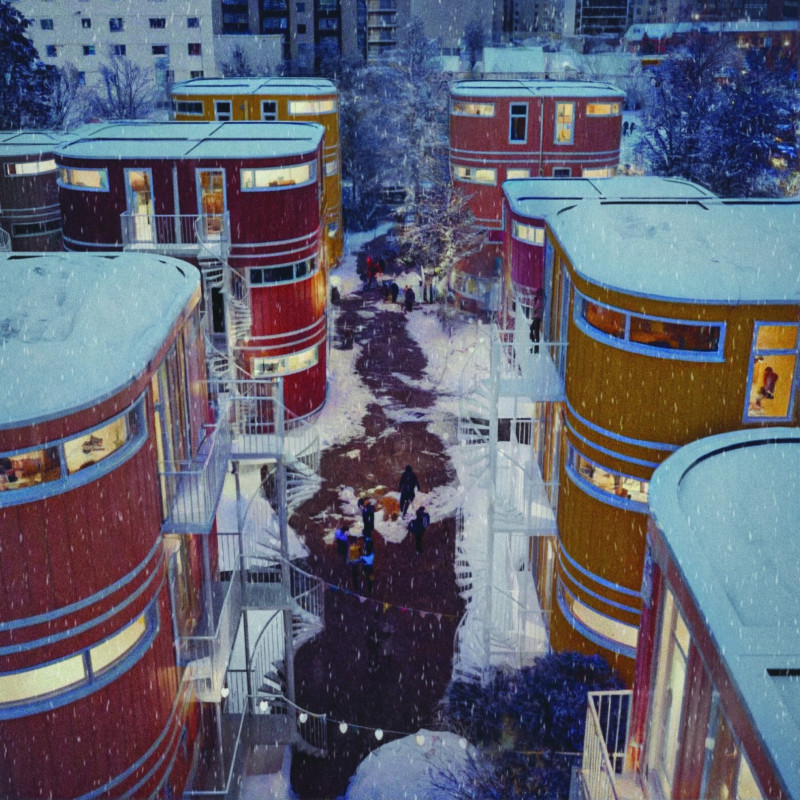5 key facts about this project
From the outset, the project is characterized by an open and inviting layout that promotes engagement with its surroundings. The overall design integrates seamlessly into the landscape, taking advantage of natural light and ventilation to create an energy-efficient environment. The choice of materials reflects a commitment to sustainability and durability, incorporating elements such as reinforced concrete, glass, metal cladding, and sustainably sourced timber. The juxtaposition of these materials not only enhances the visual interest but also establishes a dialogue between the built environment and nature.
Central to the project’s layout is its multifunctional spaces, which are designed to accommodate a variety of activities. This flexibility is a crucial aspect of contemporary architecture, as it allows for adaptability over time, fostering community interaction and engagement. The architectural design includes expansive windows and strategically placed openings that offer panoramic views of the surrounding area, thus creating a strong connection between indoors and outdoors. This relationship is particularly notable in communal areas, where the integration of nature is further emphasized by landscaping elements that complement the project’s overall aesthetic.
Significant attention has been given to circulation within the building. The pathways are intuitively designed to guide users through the different areas of the project without causing congestion. This thoughtful approach to spatial organization enables seamless transitions between various functions, enhancing user experience and accessibility. Special features, such as built-in seating and gathering spaces, encourage social interaction and serve as focal points for community gatherings, reinforcing the project’s role as a social hub.
In terms of lighting, the project employs a mix of natural and artificial sources to create a warm, welcoming atmosphere. Skylights are strategically placed to flood interiors with daylight, thereby reducing reliance on electric lighting while enhancing the mood of the spaces throughout the day. This mindful approach to illumination reflects a broader trend in architecture towards wellness and user comfort.
The unique design approaches evident in this project lie in its commitment to harmonizing modern architectural techniques with traditional concepts of community and sustainability. It steers away from overly complex forms, opting instead for simplicity and functionality, which not only aligns with contemporary design trends but also resonates with local cultural narratives. The façade, characterized by its clean lines and use of varied materials, stands out while simultaneously blending in with the local architecture, demonstrating respect for the historical context of the area.
Moreover, the project embodies principles of biophilic design, emphasizing the human connection to nature through the inclusion of natural materials, vegetation, and outdoor spaces. This design philosophy not only enhances the aesthetic quality of the project but also promotes mental well-being among its users, an increasingly important consideration in contemporary architecture.
For those interested in diving deeper into the project's architectural plans, sections, and detailed design elements, a comprehensive presentation is available for exploration. This offers an opportunity to examine the thoughtful integration of architectural ideas that define this project and its potential impact on the community it serves. The analysis of these components promises to enrich understanding and appreciation of this intricate design endeavor.


























